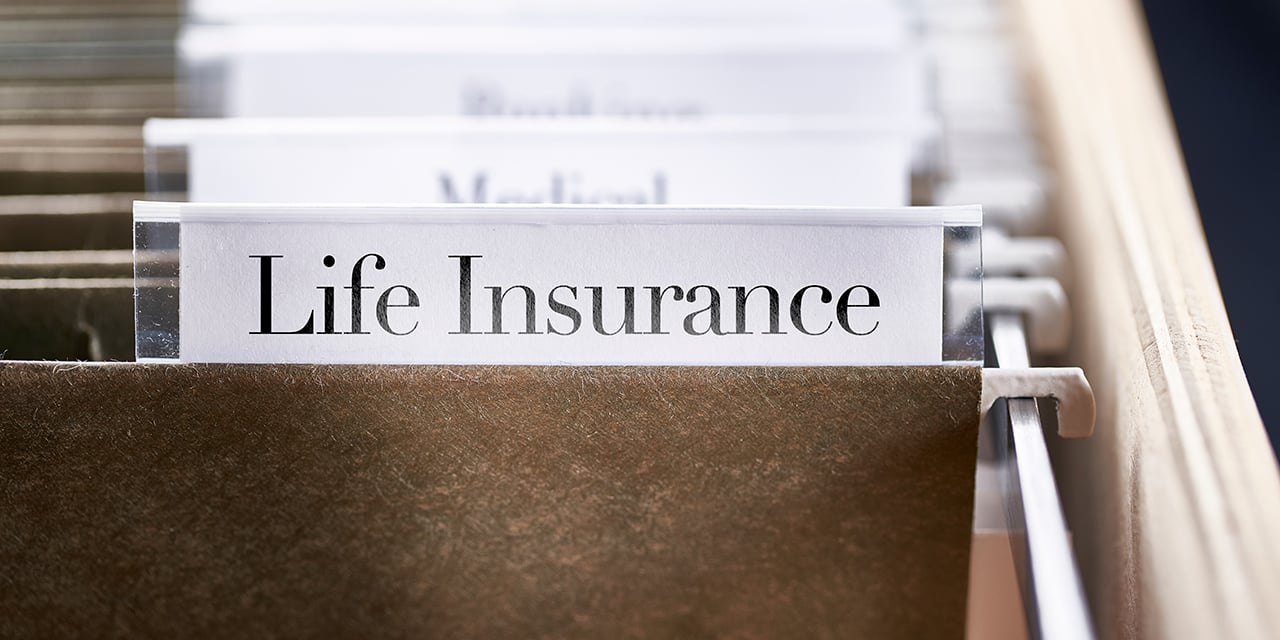
Preparing for Risks at Every Stage of Life
A guide to protecting your assets, from starting your career to retirement
It’s easy to plan for the things you see coming. When building wealth, though, we often like to think in broad strokes – “I’ll work until 65 and then retire” or “I’ll assume a 6% return rate on my investments.” But what if you suffer a disability and can’t work, or need to leave the workforce to care for an aging parent? What will that do to your other plans?
That’s what risk management is all about. No matter where you are in your life's journey, there's going to be some element of risk you'll need to plan for. It can be helpful to think of your financial planning as a pyramid, with the base being protection for your assets. Securing those assets, usually through various forms of insurance, is necessary to enable any other part of your life planning.
With that in mind, we've broken down the biggest risks by life stage, from when you leave school to retirement. When the unexpected happens to you, and it happens to all of us, you’ll be ready.
The Early Years
Age range: 20 to mid-20s
Level of Risk: Low
Assets: Low to moderate
For many young people at the beginning of their careers, the risks tend to be low: Most are relatively healthy, single and own few possessions. The biggest financial risk would likely come from a catastrophic event, like an accident or illness, that results in a disability or loss of life. Short- and long-term disability insurance is an inexpensive way to safeguard your income in the event of a disability. Only about two thirds of younger people take advantage of these policies, even though disability insurance is a common benefit offered through your employer.In the event of your death, though, family members would likely be left responsible for medical and funeral expenses and any unpaid debts. A small life insurance policy could keep those expenses from falling to your loved ones. Surveys have shown that only about 40% of Gen Z owns life insurance, although it is fairly inexpensive for this age cohort.
Settling Down
Age range: Mid-20s to mid-30s
Level of Risk: Low
Assets: Moderate
As people move into their late 20s and early 30s, their personal situations begin to change. Earnings begin to ramp up, and many young people choose to get married, buy a house and start a family. At that point, more substantial life and disability insurance becomes imperative, potentially even beyond what your employer might offer. A term life policy, which will provide protection for a specified duration of generally 10, 20 or even 30 years, is a less expensive option at this age than permanent insurance.It is worth noting though, that if you do choose to take out a permanent life insurance policy, it could also be used to:
- Help repay debts
- Cover emergencies
- Pay for medical bills
- Provide for children’s educational needs
- Provide for supplemntal income
- Even support family members with special needs.
Note: Since your family may grow at this point, make sure to update your list of beneficiaries whenever any new additions arrive or if your situation changes.
Peak Earning Years
Age range: Mid-30s to mid-50s
Level of Risk: Moderate
Assets: Moderate to high
At this stage of life, people tend to reach their peak earning potential, making adequate life and disability insurance a must – especially at a time when you’re best able to significantly contribute to your retirement. With your life and assets likely going through many changes at this stage, it can be a challenge to determine exactly how much insurance you need. Once your kids are out of the house and on their own, you may decide to scale it back.It’s also a good time to talk with your parents about plans for their future potential care – their wishes, expectations and the costs of care. Establishing an open dialogue with the whole family can help avoid misunderstanding, heartache, and significant and unexpected expenses.
Pre-Retirement
Age range: Mid-50s to mid-60s
Level of Risk: Moderate to high
Assets: High
When people reach their mid-50s, their peak earning years turn into their peak savings years, and they start to seriously think about retirement and their own healthcare needs. This is the time to start looking at long-term care insurance, which is generally better to purchase when you’re younger and healthier – the longer you wait, the more expensive a policy typically becomes. Insurance companies also now offer hybrid products combining the benefits of life insurance with a long-term care rider.This would also be an opportune time to convert your term life insurance to a permanent policy. The premiums will be more expensive, but you shouldn’t need to undergo a new medical exam, making it ideal for people whose assets are healthier than their physical state. A permanent policy will also build cash value, in case you need to make use of that money at some point in retirement.
Retirement
Age range: Mid-60s and older
Level of Risk: High
Assets: High
Once in retirement, people typically try to maximize their income, maintain their wealth and minimize expenses. Re-evaluating your life insurance needs is a must, especially if there is a possibility of converting the policy’s cash value into a source of income. Life insurance can also be used as a tax-efficient mechanism to transfer wealth to heirs or a favorite charity. Of course, considering your own long-term care needs becomes a must at this stage of life.
With careful planning, a combination of life, disability and long-term care insurance can help protect you against the risks you can’t see coming, no matter your age. Your Baird Financial Advisor can conduct a regular review of your insurance coverage to make sure it's still appropriate for whatever stage of life you're at.
Editor’s Note: This article was originally published April 2019 and was updated June 2023 with more current information.
The information reflected on this page are Baird expert opinions today and are subject to change. The information provided here has not taken into consideration the investment goals or needs of any specific investor and investors should not make any investment decisions based solely on this information. Past performance is not a guarantee of future results. All investments have some level of risk, and investors have different time horizons, goals and risk tolerances, so speak to your Baird Financial Advisor before taking action.


